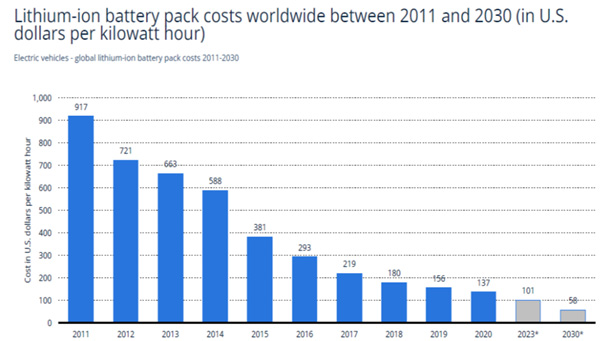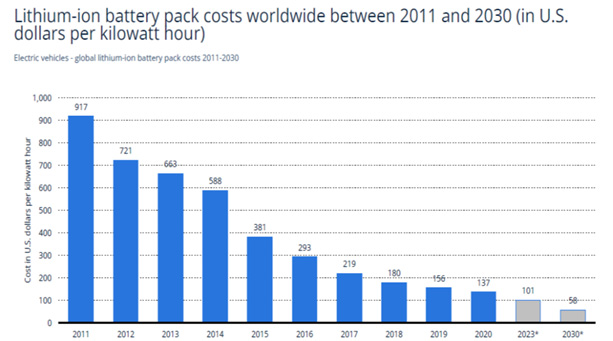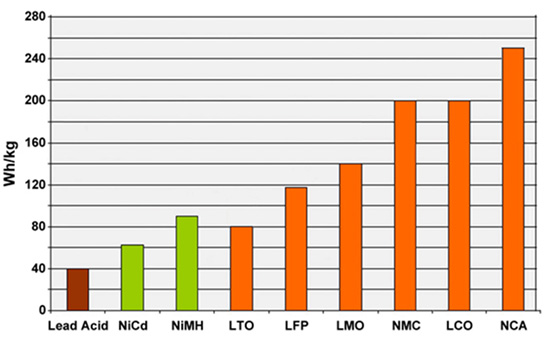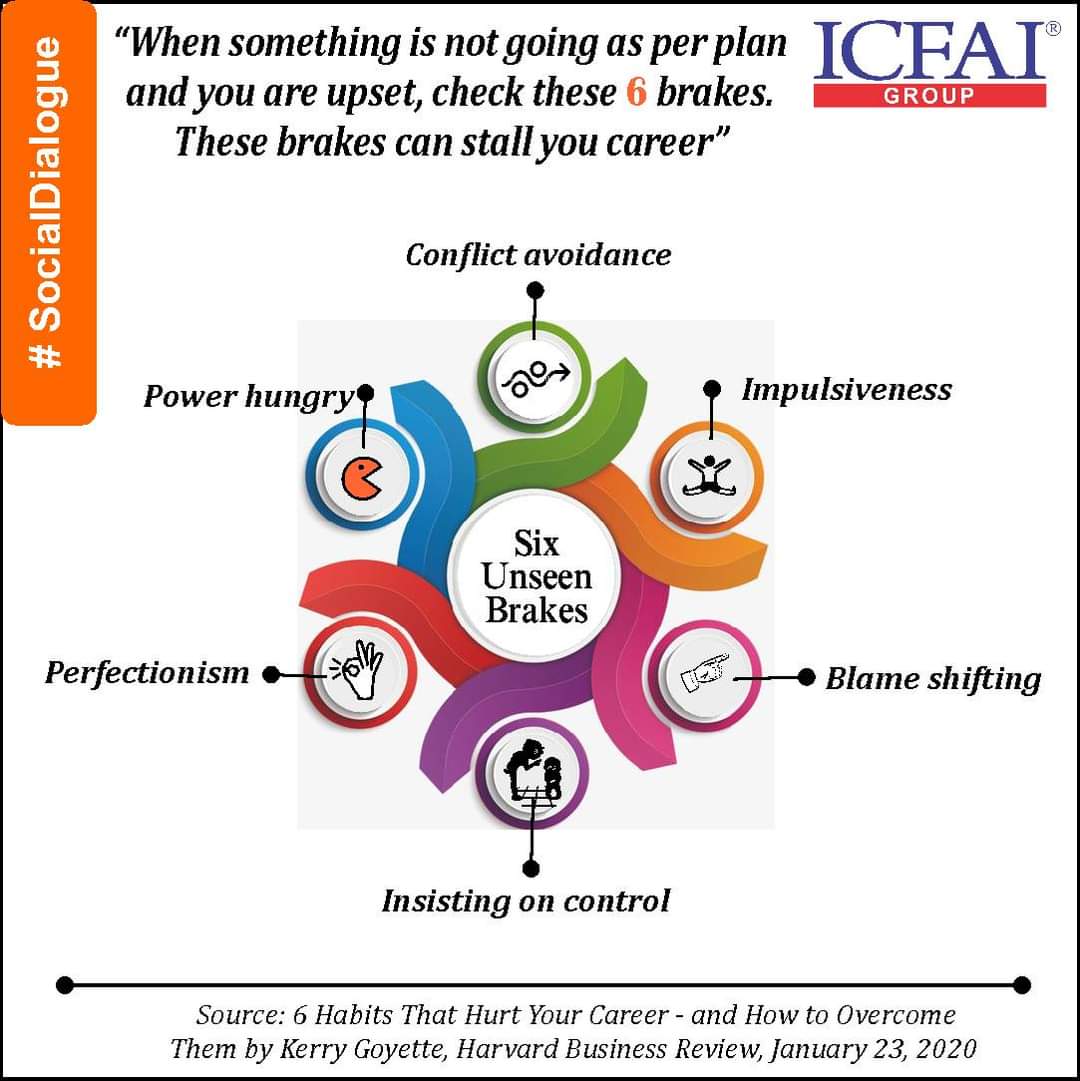
An evening with Dr. Rashi Gupta
On Friday, June 3, we had a fascinating session by Dr Rashi Gupta, fondly known as “Batterywali of India.” She is the Founder & Managing Director of Vision Mechatronics Private Ltd, a name to reckon with in the field of Robotics, Renewable Energy & Energy Storage. Dr Gupta is widely considered a pioneer in the manufacturing of Advanced Lithium Batteries in India.
About Dr Rashi Gupta
Dr Gupta holds degrees in BE, MBA, LLM, & PhD. She has been featured among Asia’s Most Influential Women in Renewable Energy, 2020. Dr Gupta is a member of Bureau of Indian Standards for Batteries, Energy Storage and E-Mobility, International ElectroTechnical Commission and National Energy Storage Committee- FICCI. She is also associated with IEEE-GESI (Gender Equality and Social Inclusion) and Women in RE, MNRE (Ministry of New & Renewable Energy).
Dr Gupta has been working on Gender Equality and Women Empowerment issues globally. She has received the “Global Women Leadership 2021”. She has also been featured amongst first 50 “Women in STEM by CII 2021 and among the TOP 40 Global Women Leaders in Energy Storage 2022. Dr Gupta is a champion of sustainable development. She has been working relentlessly for rural electrification to ensure that the rural schools in India get access to clean and green energy enabling them to be at par with the urban schools.
Introduction
Dr Gupta began by clarifying that energy is a vast domain that goes well beyond electricity. We tend to correlate energy with electricity as that is the form of energy we are most familiar with. To be a successful nation, we must learn to tap, store and use every form of clean energy be it wind, solar, tidal or geothermal. We need sustainable and diverse sources of energy. While energy is as important as it was in 2019, the way it is being generated, transmitted, stored and used is rapidly changing. While developing solutions, we must ensure that they are technically robust and commercially viable.
What is the transformation energy storage can bring?
Storage can benefit us in various ways. We are used to transmitting energy as soon as it is produced. Storage can change the paradigm. Consider households generating solar energy on the roof top. As soon as it is generated, it is sent to the grid. The same household can also withdraw from the grid when it needs power. With this kind of a system, there will be serious problems if there is a grid failure. This is where storage comes in. We can consume electricity when we need it. We can also use stored energy during times of peak demand (6 am to 10 am and 6 pm – 10 pm typically) when tariffs are high and consume power from the grid when the tariffs are low.
Storage batteries
Batteries are the most convenient, popular and affordable way of storing electrical energy. If we use the right chemistry and the right configuration, we can achieve wonders and high ROI. Lithium ion batteries are the most popular among the various kinds of batteries available today. They have high energy density (energy per unit mass), quick response and charge fast. These batteries have gained widespread acceptance and are available in a wide range from a few KVA to several MW. Dr Gupta felt that this technology will last for at least a decade.
Lithium ion batteries can be very useful in:
- Backup systems: Can be used when there is a power failure.
- Frequency regulation: Can adjust the frequency so that the consumption points get the right kind of electricity.
- Voltage regulation: Can adjust the voltage so that the consumption points get the right kind of electricity.
- Peak shifting: Can provide power during times of peak tariff.
- Demand response: Can be used to meet extra demand during times of excess consumption.
Note: As the Economist (Dec 23, 2021) reported, batteries have come a long way in the last 30 years. In the early 1990s the storage capacity needed to power a house for a day would have cost about $75,000. The cells would have weighed 113kg (250lbs). Today the same amount of power can be delivered at a cost of less than $2,000, from a 40kg package roughly the size of a small backpack. One of the shortcomings of renewable energy sources is their inconsistency (wind not blowing, no sunshine, etc.). Batteries can help solve this problem by storing up surplus power when supply is high, for use when it is low. A steadier supply of electricity could eliminate the need for coal/oil/gas based generation plants that utilities bring online only when demand rises sharply. Such polluting facilities, which run only for a few hours each year, are expensive to build and run, raising costs for consumers.
Since batteries currently account for about a third of the price of an electric vehicle (EV), reducing their cost is vital for ensuring that EVs become competitive with conventional ones. The “learning rate” has accelerated in the past few decades. So every time output doubles, as it did five times between 2006 and 2016, battery prices fall by about a quarter. As more batteries are made, producers can spread out the up- front costs of building factories, and bargain with suppliers for lower prices on crucial inputs. Innovation is also important for cutting costs.
At the moment the average cost of a lithium-ion battery pack is about $140 per kilowatt hour. Beyond $100 per kilowatt hour, EVs will become cost-competitive with combustion ones. Battery-makers could reach this goal within the next couple of years. Battery storage is also expanding. America installed a record 1.2 gigawatts-worth of storage in 2020.

Source: Statista

Source: Statista
Chemistry
Cell chemistry is generally evaluated on parameters like Cost, Energy Density, Safety, Efficiency, Raw Material Availability, Temperature range etc.
There are three types of chemistry within Lithium ion batteries:
Lithium Nickel Manganese Cobalt Oxide (LiNiMnCoO 2 ) — NMC: Highest energy density.
Lithium Iron Phosphate (LiFePO4) — LFP: Intermediate energy density.
Lithium Titanate (Li2TiO3) — LTO: Lowest energy density

https://batteryuniversity.com/article/bu-205-types-of-lithium-ion
Additional information
Sudhakar explained that as the demand for electric vehicles (EVs) has risen, there has been a growing demand for Lithium ion batteries. Apart from EVs, Lithium ion batteries are widely used in telecom towers, mobile phones, and power grids, among others. The Indian government estimates that the country will need a minimum of 60 GWh of these cells by 2025, and double that by 2030.
Lithium ion batteries are made up of multiple, connected cells. A battery pack is made up of multiple batteries. Li-ion cells make up 74% of the total cost of an EV’s battery pack. While battery packs have an import duty of 15%, cells have a mere 5%. So it is a lot cheaper to import cells and assemble them in India than to import whole batteries. Compared to lead-acid batteries, they are also more challenging and expensive to make, due to the scarcity of raw materials. India has companies assembling battery packs in the country but there is not a single Li-ion cell manufacturer.
While a lot of battery tech has been brought from outside, none of it has been designed keeping the Indian climate in mind. The prevailing battery tech is more suitable for colder climates and four-wheelers. As a result, batteries that work for 3,000 charge cycles in Europe may not last even for 2,000 cycles in India.
The renewables industry is already looking at sodium-ion (Na-ion) batteries as an alternative to Li-ion batteries. Na-ion batteries are cheaper to manufacture, thanks in part to the abundance of raw material (salt).
Dr Gupta is betting on Lithium ion batteries to be around for at least a decade. But she did mention in the Q&A that India cannot depend on one technology alone. We need a mix of technologies.
Battery management system
The effectiveness of the battery management system will determine how well the batteries function and how long they will last. We need an intelligent and robust battery management system. The system can be of the passive balancing or active balancing type. Passive balancing systems are simple, easily available but not robust. Active balancing systems are based on IOT and have quick response. Dr. Gupta explained this in more detail during the Q&A.
What kind of technology will prevail?
In the long run, the success of a technology will depend on techno commercial feasibility, scalability, availability of raw materials, ROI and environmental impact (of the environment on the batteries and of the batteries on the environment). As of now, lithium ion batteries with a good battery management system seem to be a good bet.
Q&A
On how she became an entrepreneur
How did Dr Gupta become an entrepreneur? After a point, Dr Gupta found it difficult to work under someone. She felt that if she put in the same effort for herself, the returns would be far higher. Instead of being bound by someone else’s decisions, her creativity could flourish. She was quite ok to take her own decisions and be responsible for the consequences. The make or break point came in 2009.
When Dr Gupta plunged into entrepreneurship, many were skeptical about what a fresh college graduate could do, especially in a new field such as robotics. But Dr Gupta had self-belief and went ahead. It was not easy. Banks refused to open a current account as she did not have an introducer. Finally, she escalated the matter, and a Chief Manager came to her rescue by becoming the introducer. Those days there were no angel investors and funding was difficult. Today, funding has become easier.
Dr Gupta’s advice to budding entrepreneurs is to go for it. But they should do so only if they believe in themselves and are happy about solving an important problem which society faces. She recalled her own experience in 2015 when she decided to make batteries. Many people told her that she would lose money. But she was unfazed as it was her own money and no one else would be hurt if she made losses. She took the plunge and became phenomenally successful.
On how she came to be known as the batterywali of India
Dr Gupta was the only woman entrepreneur with the capability to make large scale battery storage systems in the country. So she was strongly identified with batteries. In India, there is a tendency to describe someone by the work she is doing. Some people referred to her as batterywali and even stored her phone number with the tag batterywali. Dr Gupta decided it made sense to leverage this love and affection and soon she became branded as the batterywali of India.
On going from research to application
Dr Gupta explained that her biggest contribution has not been batteries which have been around for a long time. Rather it has been about creating an IOT based battery management system. As a woman, Dr Gupta was used to shouldering various responsibilities at work and at home, one of which was fixing something if it went wrong. Dr Gupta wondered why customers should be burdened with fixing things. Why should batteries fail and customers have to call the help desk? She told her research team that no customer should be calling the company. Rather they should call up customers periodically and offer advice, based on preventive and proactive monitoring of the batteries. Dr Gupta feels satisfied that in 8 years of operations, there has been not a single instance of replacement, repair or warranty claim. Dr Gupta’s sophisticated battery management system ensures traceability at a battery level not just at a pack level. It even enables traceability till the manufacturing point. Pack level monitoring is relatively straightforward. What creates robustness is battery level monitoring.
On electric vehicles
Electric vehicles (EVs) are crucial for clean energy transformation. However, we should evaluate EVs carefully before buying them. We should not go only by price. Our life is valuable and we should not settle for something which is cheap.
Instances of battery fires are common due to various reasons: thermal runaway, poor battery management system, poor cells, poor insulation, lack of precautionary measures taken during installation, etc.
Note: As the Economist (January 27, 2014)) reported, the attraction of a lithium-ion battery is that lithium is the least dense metallic element, which means that weight-for-weight it can pack more power than other types of battery. But lithium is also a highly reactive substance. Like all batteries, lithium ones consist of two electrodes separated by an electrolyte. The trouble comes if even a small damage is caused to the extremely thin separators that keep the elements of the battery apart. This can lead to an internal short-circuit and a subsequent build-up of heat. This may trigger a “thermal runaway” in which the battery overheats and bursts into flame. That can cause adjacent battery cells to overheat. That is why groups of cells in some battery packs are kept in separate protective compartments. Lithium batteries can also be damaged by using them in hot environments, and by excessive discharging and charging. So most lithium batteries contain special circuits to prevent this. What can keep lithium-ion batteries relatively safe are continuous improvements in manufacturing techniques and the use of smart control systems to monitor their temperature and regulate their charging and discharging.
Dr Gupta and her team are developing batteries for electric vehicles. They will not be the cheapest in the market but they will meet the highest quality and safety norms. There will be no compromises and they will be on par with the stationary battery management systems.
Have electric vehicles really arrived or are they being talked about only in forums? This was the question raised by Dr Samyadip Chakraborty of IBS. Dr Gupta responded that from both a technology (still not stable) and cost point of view (still too high), it is probably too early for most people to buy an electric car. It may be 2024-25 by the time we have widespread adoption of electric vehicles provided we have government support and no other disruptive technology arrives. Dr Gupta also added that in a large country like India, many technologies will coexist. We may see a mix of electric, conventional and hydrogen vehicles.
On the availability of charging stations
Charging stations are not a bottleneck. They are available across India even though the density may vary from region to region. The government is making good progress in this regard. Apps are also available which indicate the location of charging stations and whether they are free.
On retailing of batteries
This may take some time but the day is not far away. Already, Dr Gupta is making batteries of size 3 KVA available. She has instructed her sales people to be as responsive to small retail customers as to large corporate customers. She has also put in place a plug and play system so that with minimal telephone support, even ordinary electricians can install the batteries.
On CAFÉ 2 (Corporate Average Fuel Efficiency) norms
Corporates are now serious about reducing their carbon footprint and are working hard to meet their targets in this regard. Dr Gupta is working closely with many corporates.
On electric flights
Noncommercial electric flights are already operating. Full blown commercial electric flights are probably 5-7 years away.
On the role of robotics in energy storage
Robots can be used for various kinds of automation and inspection. They can also be used to make assessments, collect data and even facilitate installation and maintenance.
On how educational institutions can save energy
Dr Gupta offered various useful suggestions. Can we get rid of air conditioners by leveraging natural cooling? Not only do ACs consume a huge amount of power but also they are a heat trap as they discharge a lot of heat into the surroundings. Institutions should use more energy- saving devices and consider opex along with capex while buying equipment such as ACs. The five elements of nature are within us. We should live in harmony with nature. Sudhakar pointed out that most ICFAI campuses have a lot of open area which facilitate the use of natural lighting and breeze. Prasad added that technologies which enable air-conditioning around the person rather than the entire room are also emerging.
On increasing awareness of clean energy technologies
There is only so much entrepreneurs can do to spread awareness of clean energy technologies. But there is a lot that educational institutions can do in this regard. Educational institutions have tremendous reach. They can hold awareness sessions at one go for a large number of students. The industry, government and academia all have to work together to sensitize people to the importance of conserving and storing clean energy. The time to act is now. Otherwise, we may end up facing a serious energy crisis with fossil fuels gone and cleaner forms of energy not yet in place.
We thank Dr. Vedpuriswar for bringing out the highlights in the form of this note
